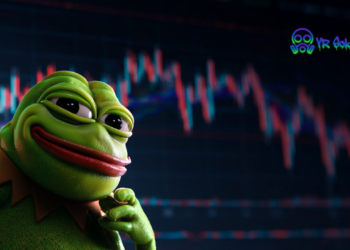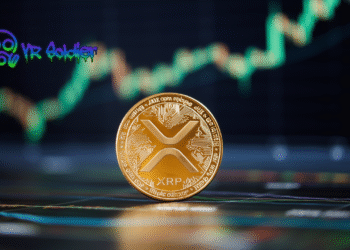In the context of the cryptocurrency industry, the terms “short-term supply” and “long-term supply” refer to the availability and circulation of cryptocurrencies over different time horizons. These terms are often used to analyze and understand the dynamics of token distribution and market liquidity.
Short-Term Supply
Short-term supply pertains to the amount of cryptocurrency that is readily available for trading or immediate use in the market. It includes coins held by active traders, exchanges, liquidity providers, and individuals who are actively buying and selling cryptocurrencies. Short-term supply can quickly respond to market demands and influences short-term price movements. Higher short-term supply typically indicates a greater level of market liquidity and the potential for faster price volatility.
Long-Term Supply
On the other hand, long-term supply refers to the portion of the cryptocurrency that is held by long-term investors and stakeholders with a long-term investment horizon. Long-term holders are characterized by their intention to hold onto their tokens for an extended period, often for investment or speculative purposes. They are less likely to participate in regular trading activities, thereby reducing the available supply for immediate trading. Long-term supply can be viewed as a measure of the hodling sentiment within the cryptocurrency community.
Analyzing Balance Between Short-Term And Long-Term Supply
Analyzing the balance between short-term and long-term supply can provide insights into market dynamics. A higher proportion of short-term supply relative to long-term supply may indicate higher trading activity, increased speculative behavior, and potential short-term price fluctuations. Conversely, a higher proportion of long-term supply relative to short-term supply suggests stronger investor confidence, reduced selling pressure, and potential price stability.
It is important to note that the distribution of short-term and long-term supply can change over time as investors’ intentions and market conditions evolve. Tracking these supply dynamics can help investors and analysts understand market sentiment, anticipate potential price trends, and assess the overall health of the cryptocurrency ecosystem.
Disclosure: This is not trading or investment advice. Always do your research before buying any cryptocurrency or investing in any service.
Follow us on Twitter @thevrsoldier to stay updated with the latest Crypto, NFT, and Metaverse news!
Image Source: eamesbot/123RF// Image Effects by Colorcinch












